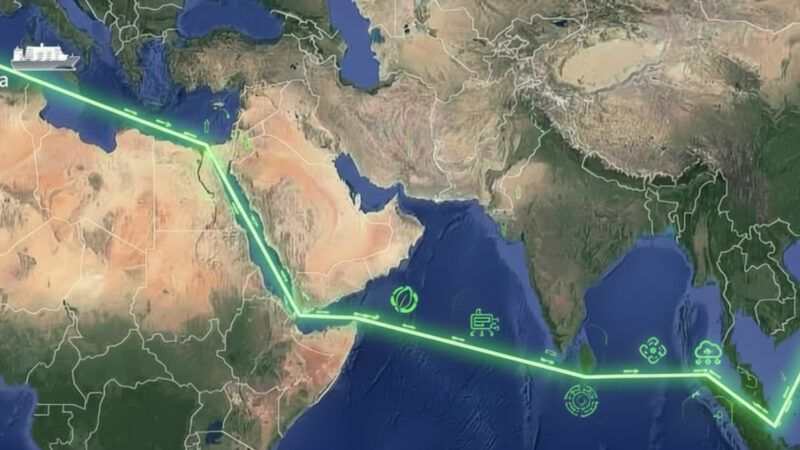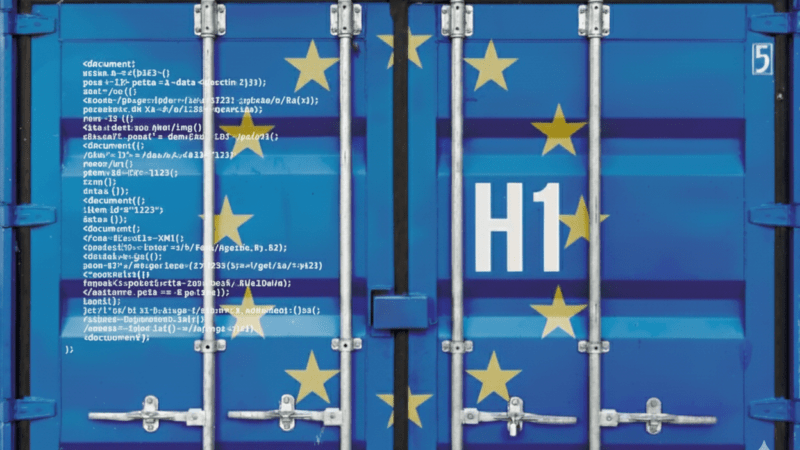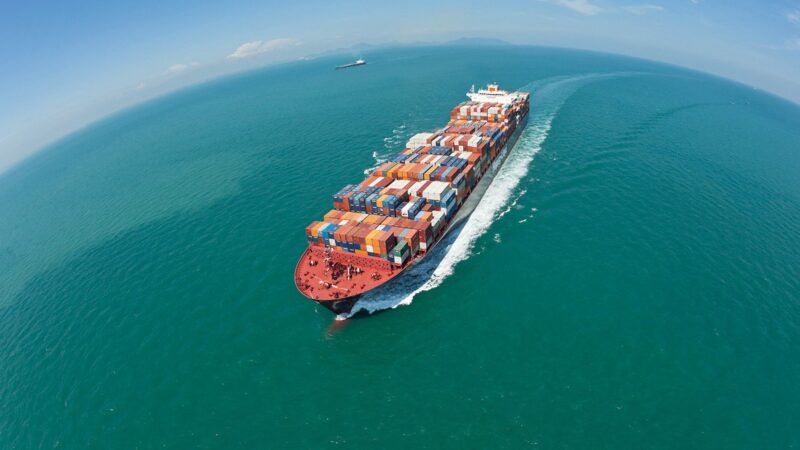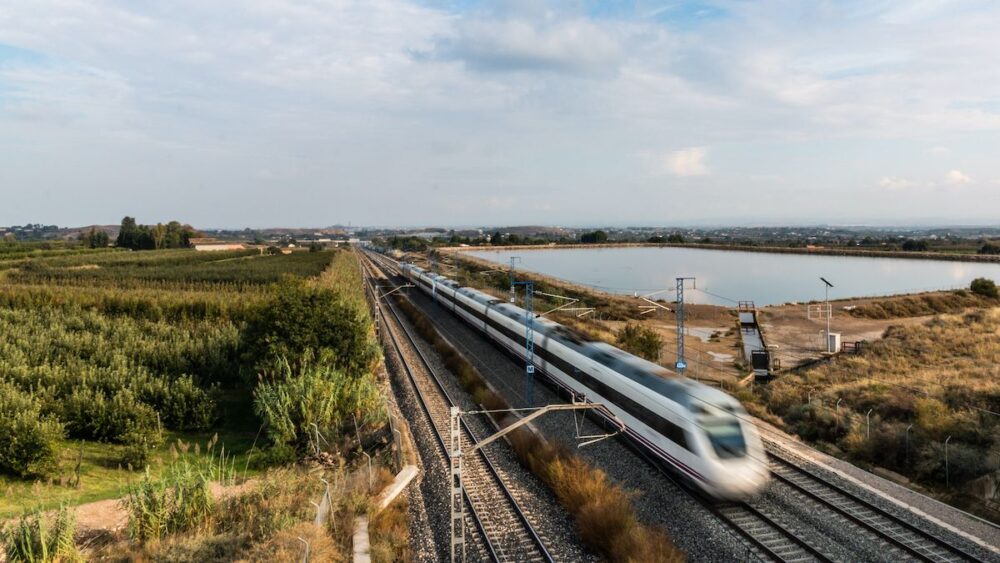 The European Court of Auditors had previously pointed out the urgent need to revise the TEN-T Regulations to make them “more realistic”. (Gettyimages)
The European Court of Auditors had previously pointed out the urgent need to revise the TEN-T Regulations to make them “more realistic”. (Gettyimages)
The Trans-European Transport Network (TEN-T) will have to wait
A European audit confirms that the TEN-T core is far from being finished. The continent will have to wait beyond 2030 to have a transnational transport network for goods and passengers. The Mediterranean Corridor, not included in the report, will complete a large part of the Spanish section in 2025 after consensus was reactivated and the works to adapt the rails restarted. However, it is not clear that this investment can provide the expected benefits if other parts remain unfinished.
 The European Court of Auditors had previously pointed out the urgent need to revise the TEN-T Regulations to make them “more realistic”. (Gettyimages)
The European Court of Auditors had previously pointed out the urgent need to revise the TEN-T Regulations to make them “more realistic”. (Gettyimages)
The Trans-European Transport Network (TEN-T) is Europe's strong commitment to future transport infrastructure. It aims to develop a network of railway lines, highways, inland waterways, sea routes, ports, airports and railway terminals in order to close gaps, eliminate bottlenecks and technical barriers. At the same time, it wants to strengthen social, economic and territorial cohesion in the EU and favour the application of innovation, new technologies and digital solutions to different modes of transport, improving the use of infrastructure, and making it more sustainable, more efficient and safer.
However, it looks like Europe will not have a Trans-European Transport Network (TEN-T) in 2030, the date set in 2013 when the initiative was born. This is the resounding conclusion of the report EU transport infrastructures: more speed needed in megaproject implementation to deliver network effects on time, prepared by the European Court of Auditors and published this year.
This audit responds to a request from the Conference of the Presidents of the Commission of the European Parliament carried out in 2017 to evaluate megaprojects related to transport with a European financing which exceeds 1 billion euros. The authors have selected eight Transport Flagship Infrastructures (TFIs) that run in seven corridors.

Together, all eight have a budget of 54,000 million euros (7,500 million correspond to EU funds), an investment that has increased by 47% since its allocation. The projects analyzed are Rail Baltica, the Lyon-Turin Link, the Brenner Base Tunnel, the Fehmarn Belt Fixed Link, the Basque Y, the Seine-Scheldt Link, the A1 Highway in Romania and the E59 railway line.
These infrastructures exemplify the delays and serve as a pretext for auditors to give advice in order to speed up the deadlines of a communications network that would provide a 1.8% growth to the European economy and create ten million jobs in the whole of the Union.
The keys to the audit
The first problems appear in the planning phase, cost-benefit analysis and traffic forecasts that are, in some cases, "inadequate and overly optimistic". For example, the navigable link between the Seine and Scheldt rivers was approved on the assumption that in 2060 the traffic levels of the Canal Seine Nord Europe would quadruple, although statistics of the last ten years do not indicate that this will actually happen.
Although the Commission has legal and supervisory instruments to supervise the implementation of the network by the member states, it has not yet used them. Each country is responsible for the operational execution of the works, and priorities can be modified as governments change.
All eight TFIs have undergone changes in their layout. In some cases, such as the A1 in Romania, the bureaucracy has increased costs and slowed down its execution, since a building permit is required for each 7 km stretch, and an environmental authorization for each 26 km. The motorway totals 582 km.
The auditors suggest, precisely, to reinforce the binding role of the Commission and create coordinated centres to guide the promoters of these megaprojects. Furthermore, they demand greater intervention in the management of the projects they co-finance.
The report also calls for changes in the form and financing schedules, as EU funds are currently awarded for individual sections of a project and in seven-year periods. If the deadlines are not met, the cost increases. In the case of the analyzed TFIs, the average construction time soars to 15 years. That is why they consider that it would be more efficient to establish specific financing priorities taking into account a more accurate construction time.
In any case, the Court had previously pointed out the urgent need to revise the TEN-T Regulations to make them “more realistic”
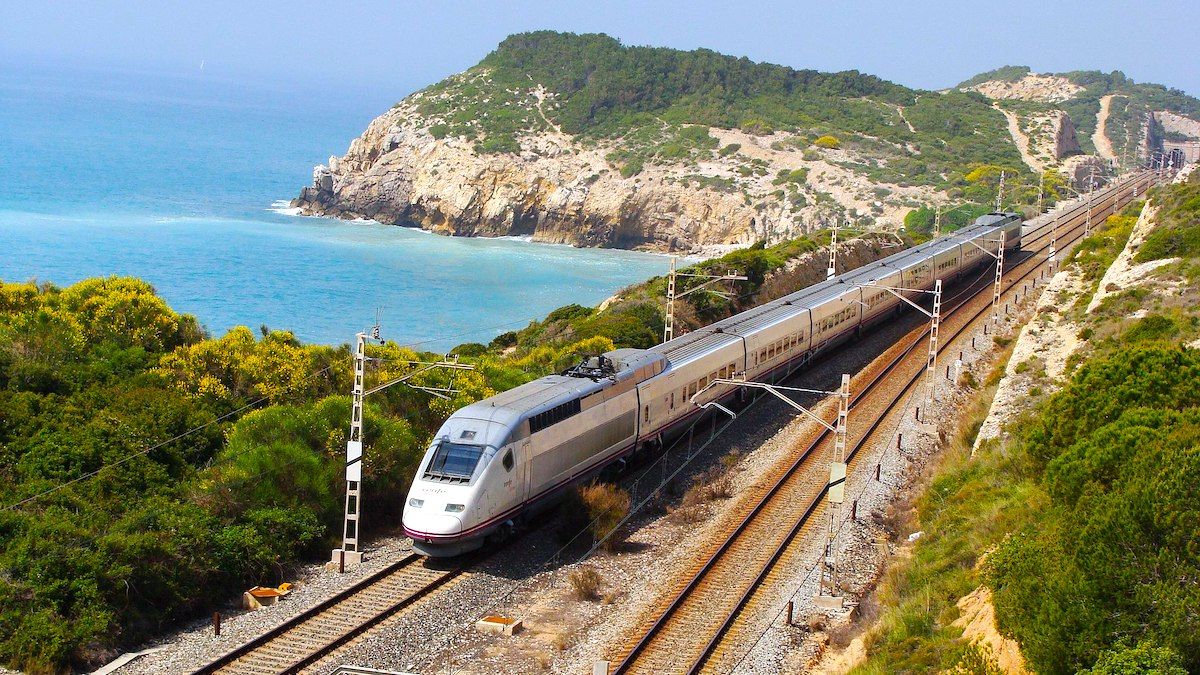
What about the Mediterranean Corridor?
The Court's report omits the development of the Mediterranean Corridor in Spain, one of the nine large European corridors of the TEN-T core and a project with similar complexities to the mentioned TFIs; it is a highly politicized infrastructure not always prioritized by the successive central governments, which have put the conceptualization of other peninsular corridors first. It has also undergone design changes, with the incorporation of the Barcelona-Zaragoza-Madrid-Algeciras, Valencia-Zaragoza and Valencia-Madrid sections.
"It has not been until recent years that a consensus has been reached between the political and business class and public opinion on the relevance of the corridor, speeding up its execution," explains Jordi Torrent, Director of Strategy for the Port of Barcelona. Among other consequences, these delays have limited the export capacity of the automotive and petrochemical industries and have restricted the role of Mediterranean ports to become the entry and exit access for foreign maritime trade from Central Europe to Asia.
As summarised by Noelia Martín, Head of Hinterland of the Port of Barcelona, the works to improve the gauge in the Castellbisbal and Martorell tunnels will resume in July, which will allow the implementation of the third lane to Tarragona in 2021. These works should also include the connection to Seat's factory in Martorell. The conversion of the new variant between Tarragona and Vandellós to the international gauge and the existing dual gauge to Castellón is planned for 2022. The Castellón-Valencia section will have a third lane on both tracks and there is the project, although it is pending approval, of a new platform in standard width for passengers.
"Although the passing tunnel in Valencia has not yet been approved and, therefore, it will hardly be completed by that year, the evolution of the works indicates that 2025 is a realistic date for the arrival of the standard gauge to Valencia, although it will not be in its final configuration. However, in other sections the development is slower, for example, the execution of the new track between Perpignan and Montpellier will be ready beyond 2030, ” says Martín.
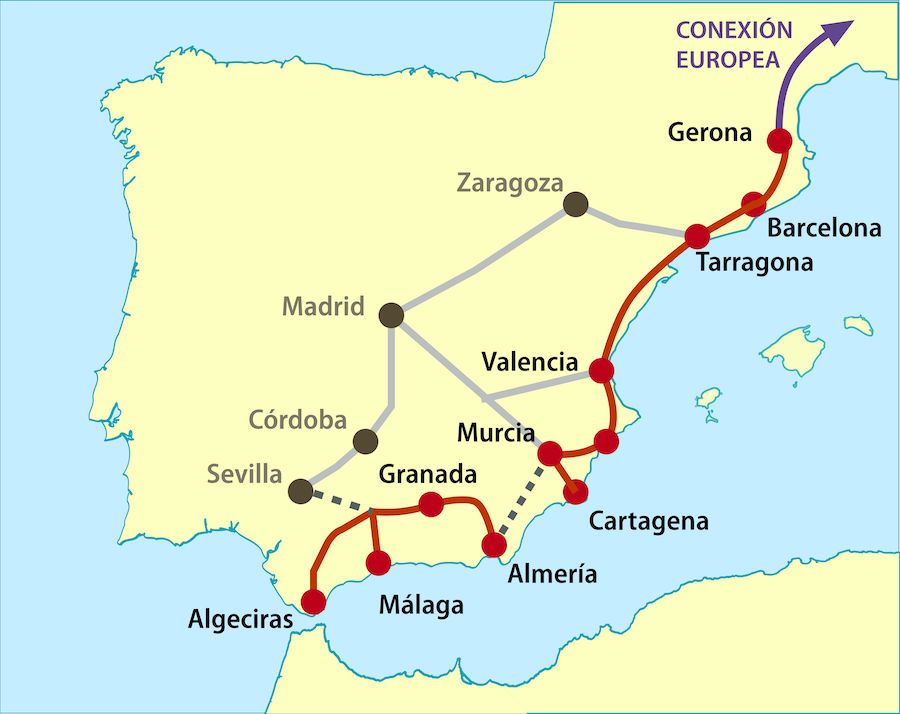
The trans-European nature of the network is responsible for one of its great difficulties: the lack of investment coordination and development alignment between the different states along the corridors may result in a disappointment at a user and traffic level. And this is where the paradox occurs; the limited use of the infrastructure will provide arguments to the states that have not met their commitments.
Unfortunately, the only common section to the entire Mediterranean Corridor, Castellbisbal-Le Pertús, which is already considered as completed, suffers from operational, infrastructural and commercial limitations that compromise the future success of the rest of the corridor. The use of this section by rail services for goods is extremely difficult for two main reasons: coexistence with high-speed passenger services and the costs associated with its use, which means that it is one of the most expensive rail sections in the continent. For this reason, improvements in this section must be urgently addressed. The main measure would be to segregate passenger and freight traffic, providing a standard width for the conventional route through Port Bou and transporting all international rail services for freight along this route.
We can conclude by saying that the TEN-T core is one of the European Union’s pillars for the economic and sustainable growth of the continent. Slowing down its development may condemn Europe to play a minor role in the global context.



